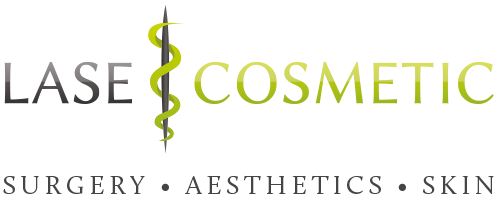If you’re curious to know more about the history of plastic surgery, keep reading.
The father of modern plastic surgery is generally considered to have been Sir Harold Gillies. A New Zealand otolaryngologist working in London, he developed many of the techniques of modern facial surgery in caring for soldiers suffering from disfiguring facial injuries during the First World War.
During World War I he worked as a medical minder with the Royal Army Medical Corps. After working with the renowned French oral and maxillofacial surgeon Hippolyte Morestin on skin graft, he persuaded the army’s chief surgeon, Arbuthnot-Lane, to establish a facial injury ward at the Cambridge Military Hospital, Aldershot, later upgraded to a new hospital for facial repairs at Sidcup in 1917.
There Gillies and his colleagues developed many techniques of plastic surgery; more than 11,000 operations were performed on over 5,000 men (mostly soldiers with facial injuries, usually from gunshot wounds). After the war, Gillies developed a private practice with Rainsford Mowlem, including many famous patients, and travelled extensively to promote his advanced techniques worldwide.
Jimmy Edwards, comedy actor who underwent plastic surgery on his face at the hands of McIndoe — he disguised the traces of surgery with a huge handlebar moustache. He was a member of the Guinea Pig Club.
In 1930, Gillies’ cousin, Archibald McIndoe, joined the practice and became committed to plastic surgery. When World War II broke out, plastic surgery provision was largely divided between the different services of the armed forces and Gillies and his team was split up. Gillies himself, was sent to Rooksdown House near Basingstoke, which became the principal army plastic surgery unit; Tommy Kilner (who had worked with Gillies during the First World War, and who now has a surgical instrument named after him, the kilner cheek retractor), went to Queen Mary’s Hospital, Roehampton, and Mowlem to St Albans.
McIndoe, consultant to the RAF, moved to the recently rebuilt Queen Victoria Hospital in East Grinstead, Sussex, and founded a Centre for Plastic and Jaw Surgery. There, he treated very deep burns, and serious facial disfigurement like loss of eyelids, typical of those caused to aircrew by burning fuel.
McIndoe is often recognised for not only developing new techniques for treating badly burned faces and hands but also for recognising the importance of the rehabilitation of the casualties and particularly of social reintegration back into normal life. He disposed of the “convalescent uniforms” and let the patients use their service uniforms instead. With the help of two friends, Neville and Elaine Blond, he also convinced the locals to support the patients and invite them to their homes. McIndoe kept referring to them as “his boys” and the staff called him “The Boss” or “The Maestro”.
His other important work included development of the walking-stalk skin graft, and the discovery that immersion in saline promoted healing as well as improving survival rates for victims with extensive burns – this was a serendipitous discovery drawn from observation of differential healing rates in pilots who had come down on land and in the sea.
His radical, experimental treatments led to the formation of the Guinea Pig Club at Queen Victoria Hospital, Sussex.
At LASE Cosmetic, our aim is to help patients find the best treatment to improve their self confidence and self esteem. We offer a range of options, including our FDA-approved CoolSculpting machine, alongside various surgical and non-surgical treatments depending on the results you want to achieve. Every procedure starts with a one-to-one consultation, allowing us to identify the right procedure for your needs.
For more information on how we can help you, please contact us or request a consultation here. We look forward to meeting you and finding out how we can help.


Recent Comments